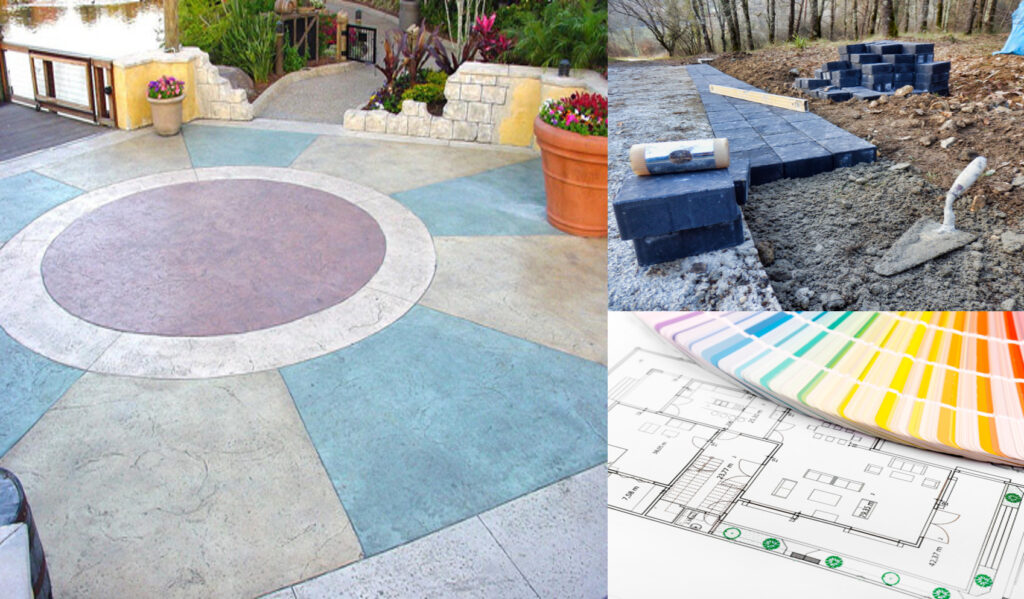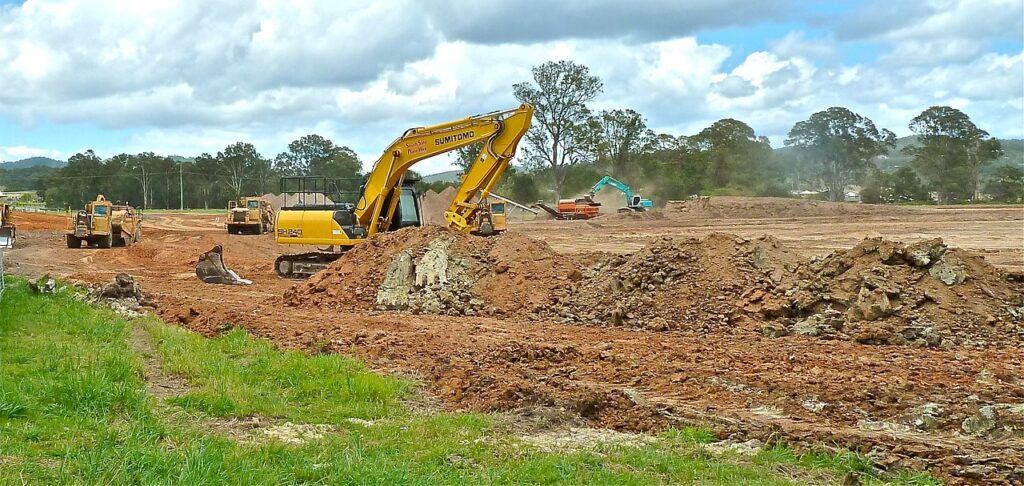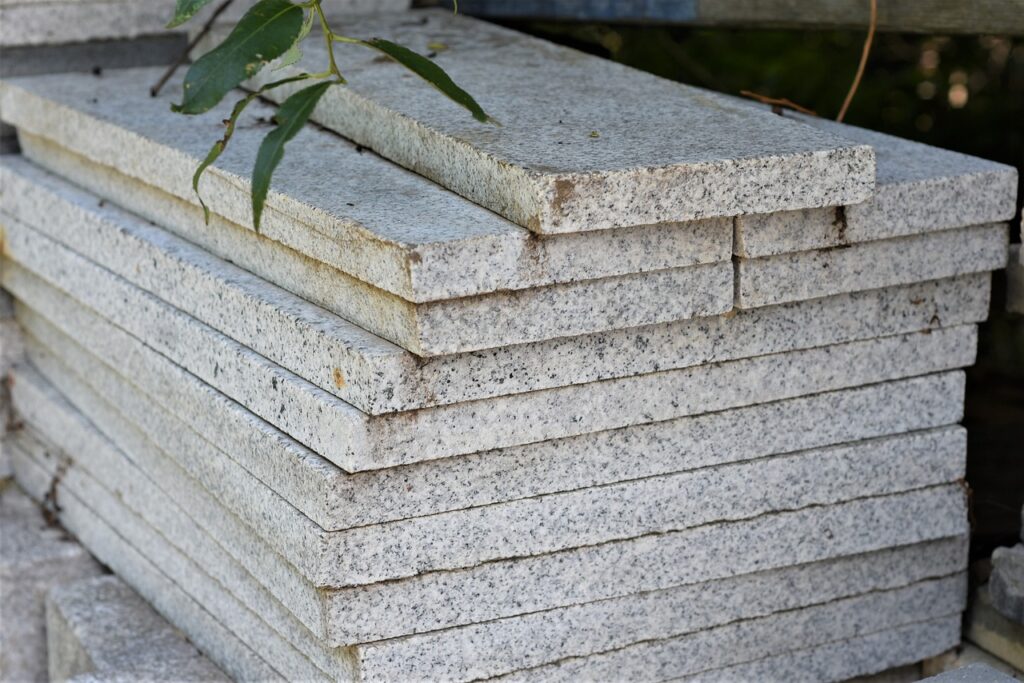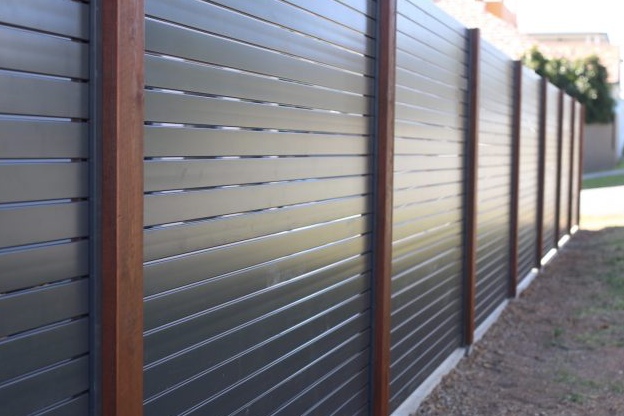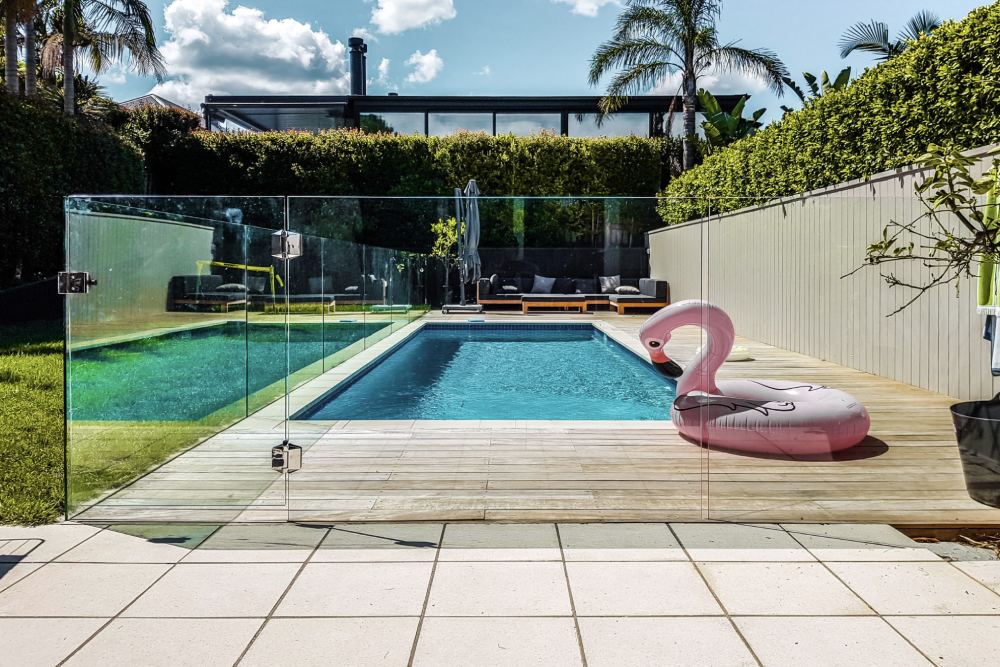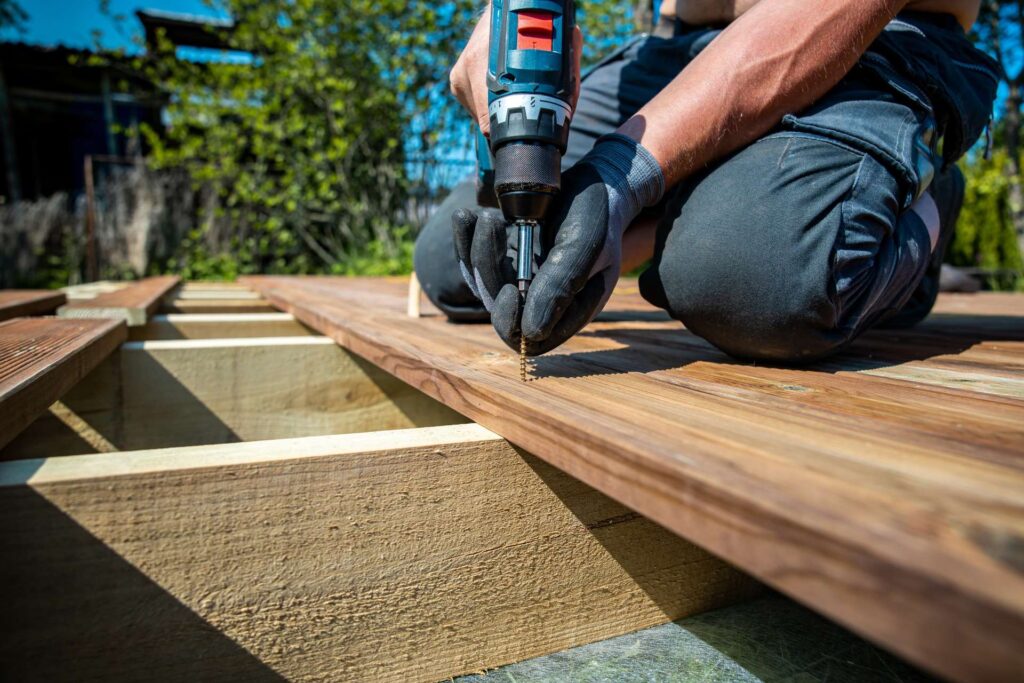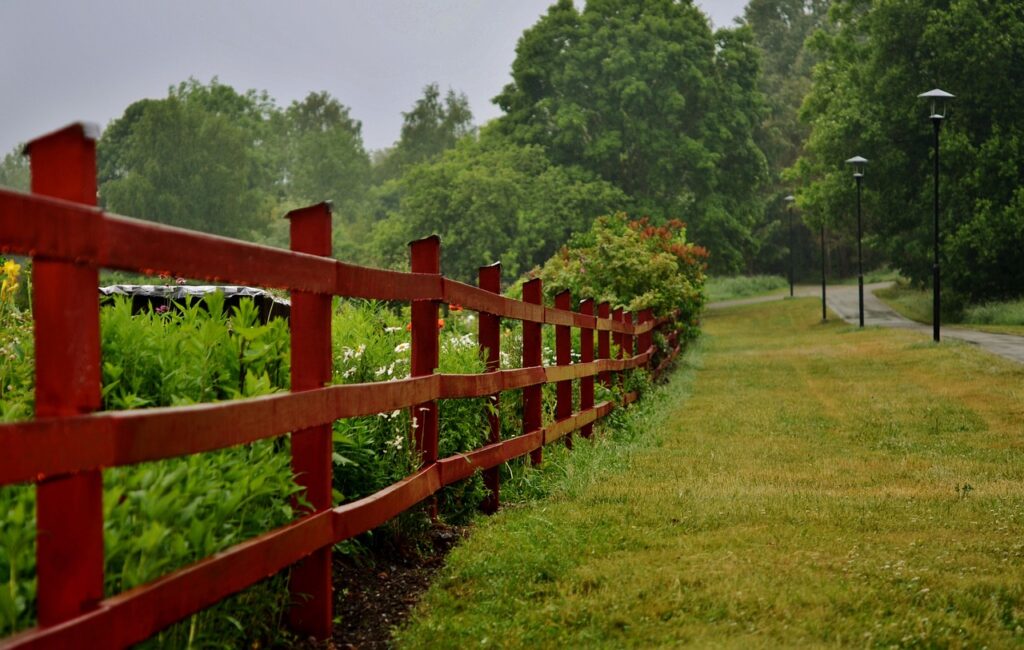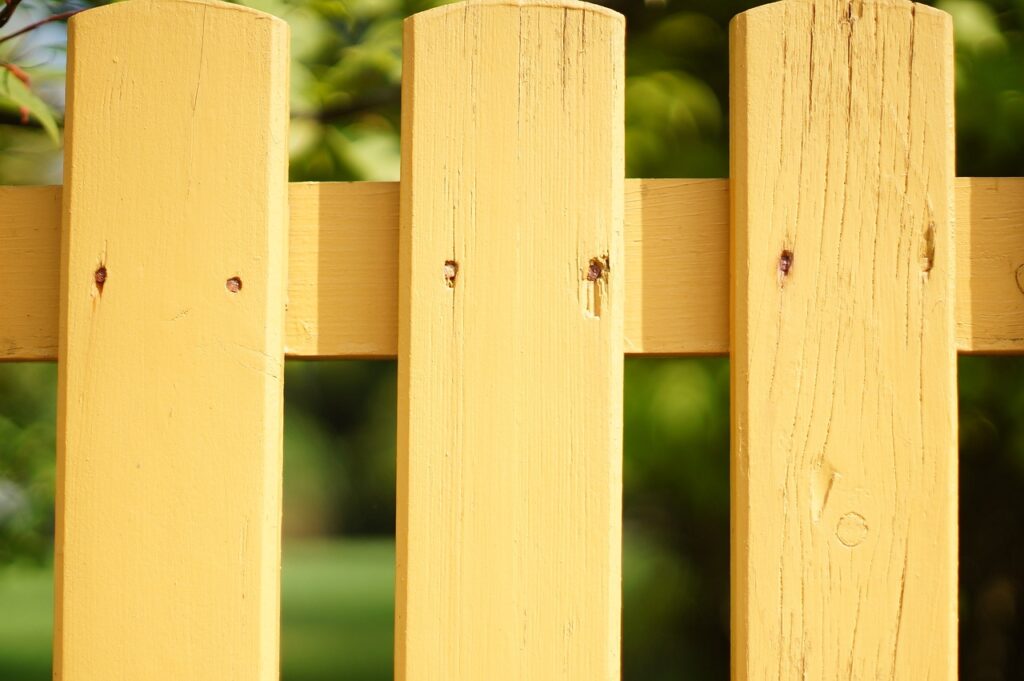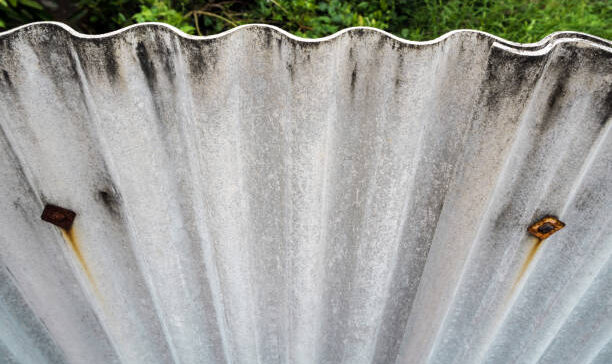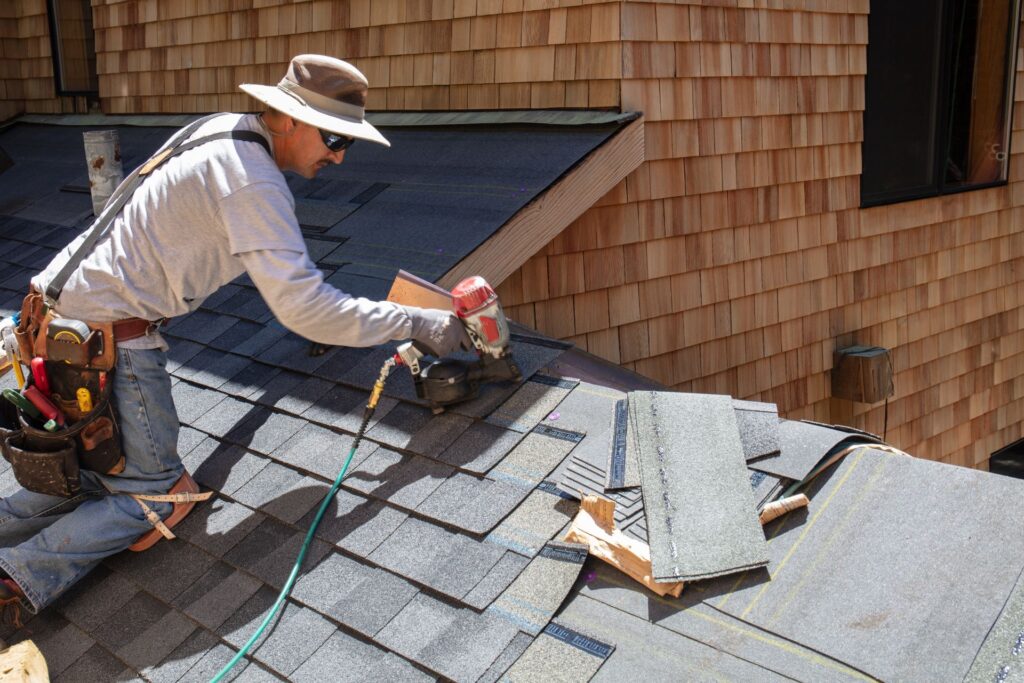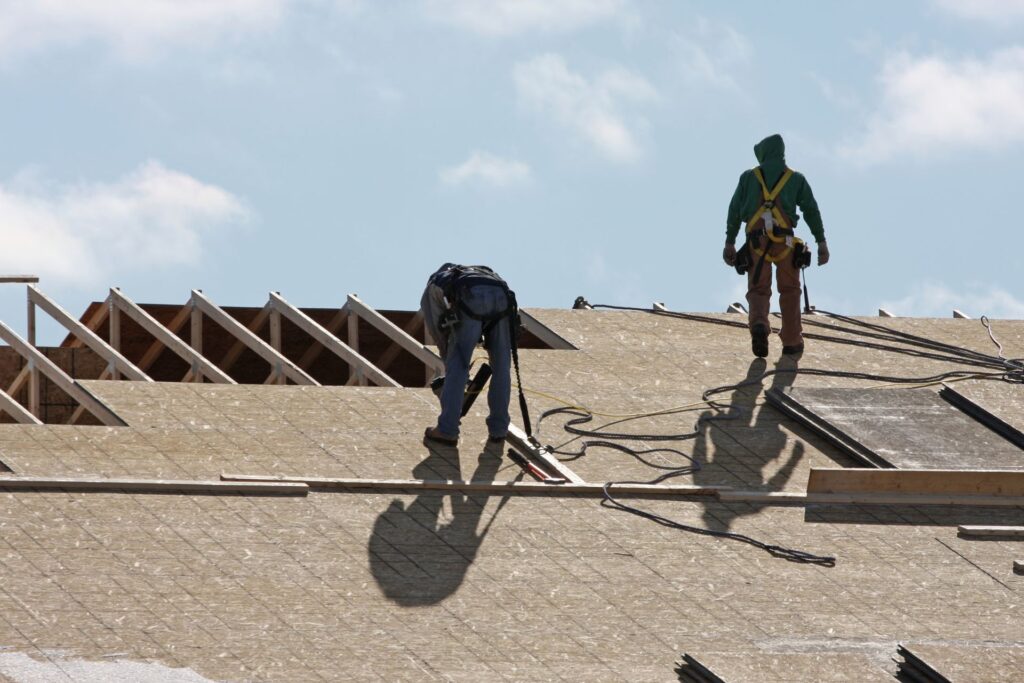Welcome to your ultimate guide to understanding colored concrete costs in New Zealand! Whether you’re renovating your home, upgrading your outdoor space, or planning a new build, colored concrete offers a stylish and durable solution that adds personality and value to any property. In this post, we’ll break down everything you need to know about colored concrete pricing, from the factors that influence the cost to tips for getting the most out of your investment. By the end, you’ll have a clear picture of what to expect when budgeting for colored concrete and how to make smart choices that suit both your style and your wallet.
Colored concrete in New Zealand typically costs between $100 and $150 per square meter, with prices varying based on factors such as project size, design complexity, and region. For more intricate patterns or finishes, costs can rise to $200 or more per square meter. Proper maintenance, such as sealing and cleaning, helps preserve the color and durability over time.
- What Is Colored Concrete
- Factors Affecting Colored Concrete Costs In NZ
- Average Cost Of Colored Concrete In New Zealand
- Comparing Colored Concrete Costs With Other Materials
- Is Colored Concrete Worth The Investment
- Tips For Getting The Best Value On Colored Concrete In NZ
- Finding The Right Contractor In New Zealand
- FAQs: About Colored Concrete Costs In NZ
- Conclusion
- Find A Professional Concrete Company Near You!
What Is Colored Concrete
Colored concrete is a modern twist on traditional concrete that adds a unique visual appeal to various construction projects. Unlike standard concrete, which typically has a gray, utilitarian appearance, colored concrete offers a vibrant and diverse range of color options, allowing homeowners and builders to tailor surfaces to match specific design preferences. Whether you’re looking to enhance the curb appeal of your driveway or add an artistic touch to an interior space, colored concrete delivers a high level of versatility.
What Makes Colored Concrete Unique
Colored concrete stands out from traditional concrete due to the integration of color pigments during the mixing process. These pigments, which can be either natural or synthetic, are mixed directly into the concrete, ensuring the color is evenly distributed throughout the material. This method creates a long-lasting, fade-resistant color that won’t peel or chip away over time. For those exploring colored concrete options in NZ, the ability to match or contrast with the surrounding environment makes it an ideal choice for various applications.
The beauty of colored concrete lies in its adaptability. It can be used to create stunning patios, walkways, driveways, and even interior floors, offering endless design possibilities. Whether aiming for a subtle earth-toned palette to blend with a garden landscape or a bold, modern hue for a contemporary living room, the benefits of colored concrete extend beyond aesthetics. This material can mimic the look of stone, tile, or brick while maintaining the durability and strength of concrete.
Choosing colored concrete is not just about improving the visual appeal; it’s also a practical solution for creating customized, long-lasting surfaces. The wide range of colored concrete options in NZ allows homeowners and businesses to achieve specific architectural styles, ensuring the concrete fits seamlessly into any design vision.

Factors Affecting Colored Concrete Costs In NZ
When considering installing colored concrete for your driveway, patio, or another project, understanding the various cost drivers is essential. These costs can vary significantly across different regions of New Zealand, and several factors come into play that affect the final price you’ll pay. Let’s break down the key factors influencing the cost of colored concrete in NZ.
Labor and Materials
The labor and materials involved in installing colored concrete can fluctuate depending on the region of New Zealand. In larger urban centers like Auckland and Wellington, labor costs tend to be higher due to increased demand and the higher cost of living. On average, labor costs for colored concrete projects in New Zealand can range from NZD $70 to $120 per square meter, depending on the complexity of the job and the experience of the contractor. Smaller towns and rural areas may have lower labor costs, but transportation of materials may increase expenses in more remote regions.
Material costs also vary by region. The type and quality of concrete, as well as the materials used for coloring, can impact the overall cost. For instance, more advanced coloring methods or premium materials may increase costs significantly. Additionally, some regions may have higher costs due to shipping expenses for specialized products.
Size of the Project
The size of your project plays a crucial role in determining the overall cost of colored concrete in NZ. Larger projects typically benefit from bulk pricing, meaning that the cost per square meter can decrease as the project size increases. For example, a larger driveway project might offer better value per square meter than a small patio or walkway.
However, larger projects may also require more complex planning, execution, and resources, which can push costs up. If your project involves intricate patterns, varying levels of difficulty, or requires additional surface preparation, the cost per square meter can increase despite the overall size of the job.
Concrete Grade and Quality
The grade and quality of the concrete you choose also impact the price. Standard concrete typically costs less, while premium grades offering increased durability, strength, or other specialized properties tend to carry a higher price tag. For example, standard concrete might range between NZD $100 to $150 per cubic meter, while premium concrete could go beyond NZD $200 per cubic meter. Opting for high-quality materials can pay off in the long term by reducing future maintenance costs, but it’s an upfront investment.
Color Choices
One of the most significant variables is your choice of coloring method. There are three main methods for coloring concrete: integral coloring, surface-applied color, and concrete staining.
- Integral Coloring: This method involves mixing the color directly into the concrete before it is poured, ensuring consistent color throughout. While this method is durable and fade-resistant, it tends to be more expensive due to the materials used.
- Surface-Applied Color: This method involves applying the color to the surface after the concrete is poured. It can be less expensive than integral coloring, but the finish may wear over time, requiring additional maintenance.
- Concrete Staining: Staining is a popular option that can create unique, variegated tones in the concrete. The cost of staining can vary depending on the desired effect, ranging from simple stains to more intricate designs with multiple layers of color.
The cost of these methods varies, but on average, adding color to concrete can increase costs by NZD $15 to $30 per square meter.
Customization
Customization is another significant cost factor. If you are looking to add decorative finishes, stencils, patterns, or textures to your colored concrete, be prepared for the price to increase. More elaborate designs require more time, expertise, and specialized equipment, which drives up labor costs.
For example, adding stamped patterns or stenciled designs to your concrete can increase costs by NZD $50 to $100 per square meter or more, depending on the complexity of the design. Similarly, opting for polished or exposed aggregate finishes can also increase the price.
Additional Costs
There are several additional costs to keep in mind when planning your colored concrete project. These potential hidden expenses can include.
- Surface Preparation: Before pouring the concrete, the surface may require leveling, excavation, or grading, all of which can add to your costs.
- Sealing: Colored concrete often needs to be sealed to protect it from the elements and prevent fading or staining. Sealing can add NZD $10 to $20 per square meter to your total costs.
- Maintenance: Over time, your colored concrete will require maintenance to keep it looking fresh. This can include re-sealing, cleaning, and repairs, which should be factored into your long-term budget.
When considering colored concrete for your project in New Zealand, it’s important to recognize the various factors that influence the overall price. From labor and materials to customization and additional costs like sealing and surface preparation, many elements impact how much you’ll pay. By considering these factors upfront, you can better estimate the total cost and ensure your project stays within budget. So, whether you’re curious about the colored concrete price factors or trying to determine how much does colored concrete cost in NZ, understanding these key elements will help you make a well-informed decision.
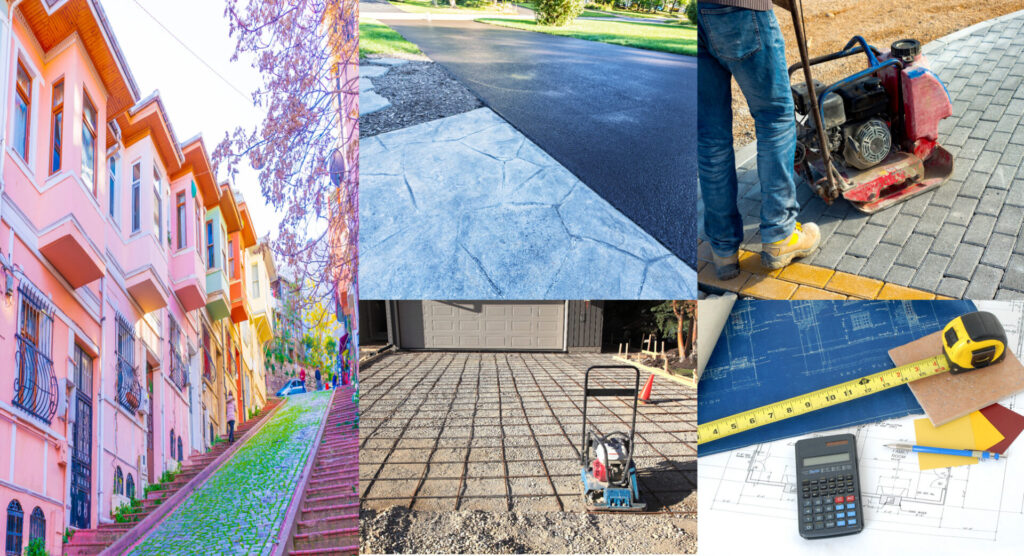
Average Cost Of Colored Concrete In New Zealand
When considering colored concrete for your next home improvement project, understanding the costs involved is crucial. Whether you’re looking to enhance the curb appeal of your driveway, create a stunning patio, or add a sleek finish to your interior floors, colored concrete is a versatile and durable choice. But what can you expect in terms of price? Let’s break down the average colored concrete cost in New Zealand to give you a clearer picture.
Average Colored Concrete Cost in NZ
The cost of colored concrete in New Zealand varies based on several factors, such as the complexity of the design, the type of finish, the size of the project, and the region. On average, homeowners can expect to pay between $85 and $180 per square meter for colored concrete, depending on the type of application. Here’s a more detailed look at the price ranges for different types of projects.
- Driveways: Typically, the price for a colored concrete driveway ranges from $100 to $150 per square meter. The exact cost will depend on the size of the driveway, the chosen color, and whether you opt for additional features like patterns or stenciling.
- Patios: The cost for a colored concrete patio generally falls between $85 and $130 per square meter. Smaller projects may cost a bit more per square meter, while larger patios may reduce the cost slightly due to economies of scale.
- Interior Floors: Colored concrete floors inside the home tend to be on the higher end of the pricing spectrum, with costs ranging from $120 to $180 per square meter. The finishing options such as polished or sealed concrete can influence the price significantly.
Regional Price Differences for Colored Concrete in NZ
Prices for colored concrete can vary across different regions in New Zealand, often reflecting local demand, labor costs, and material availability. Below is an overview of typical costs in some of NZ’s major regions.
- Auckland: In Auckland, the cost for colored concrete generally ranges from $100 to $160 per square meter due to higher labor and material costs. This region often sees a premium in pricing because of the urban demand and increased competition.
- Wellington: Colored concrete in Wellington is usually priced between $90 and $150 per square meter. The weather conditions in this region can sometimes necessitate additional treatment or sealing, which can drive up the overall cost.
- Christchurch: In Christchurch, colored concrete tends to be a bit more affordable, with average prices ranging from $85 to $140 per square meter. The lower prices can be attributed to a more competitive market and lower material transportation costs.
Example Project Cost Breakdowns
To give you a clearer idea of how much you might spend on your colored concrete project, here are a few example breakdowns based on typical project sizes.
- Small Patio (20 square meters): For a small, colored concrete patio in Christchurch, you might expect to pay between $1,700 and $2,600. This includes the cost of the concrete, color additives, labor, and finishing touches.
- Large Driveway (50 square meters): A large driveway in Auckland could cost anywhere between $5,000 and $7,500, depending on the complexity of the design and any additional customizations.
- Interior Floor (100 square meters): If you’re looking to install a colored concrete interior floor in Wellington, you could be looking at a total cost of $12,000 to $18,000, including polishing and sealing for a high-end finish.
Factors That Influence Colored Concrete Pricing in NZ
There are a few key factors that will influence the final cost of your colored concrete project.
- Size of the Project: Larger projects tend to have a lower per-square-meter cost due to the efficient use of labor and materials.
- Type of Finish: Decorative finishes, such as stamped or exposed aggregate, will add to the cost.
- Location: Regional differences in labor rates and material costs, as discussed earlier, can affect your total project cost.
- Complexity of Design: Custom designs, intricate patterns, and unique color mixes can increase both material and labor costs.
The average colored concrete cost in NZ varies widely depending on the project type, region, and specific requirements. By understanding these variables and using the information provided, you can plan your colored concrete project with a clear understanding of the potential costs. Whether you’re based in Auckland, Wellington, Christchurch, or another part of New Zealand, investing in colored concrete can enhance the aesthetic and value of your property. For the most accurate estimate, it’s always a good idea to get quotes from local contractors who can assess your unique project.
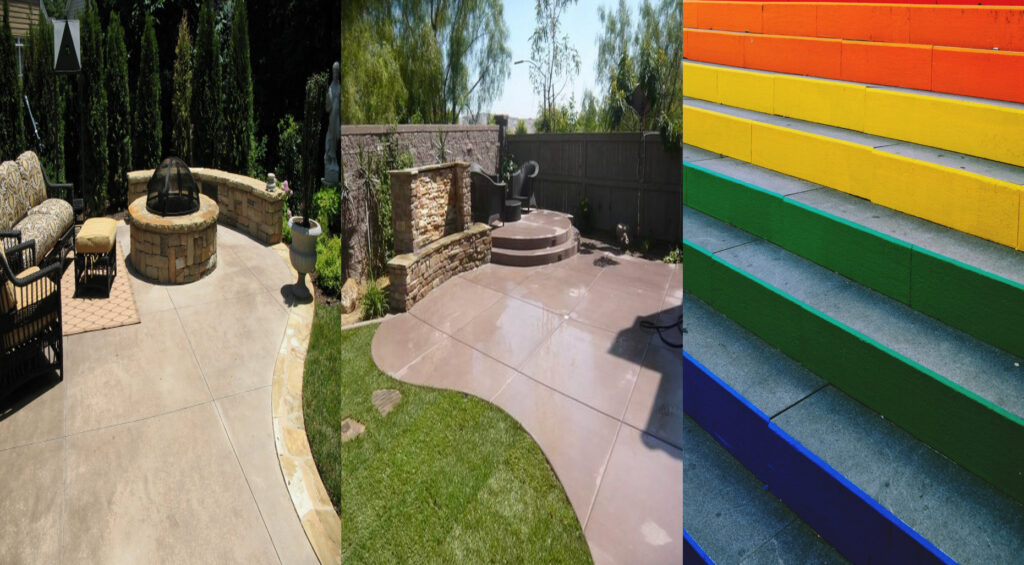
Comparing Colored Concrete Costs With Other Materials
When considering materials for flooring or paving projects in New Zealand, colored concrete is often compared to other popular options like plain concrete, pavers, tiles, and wood. Each material offers distinct advantages and trade-offs, from upfront costs to long-term durability and maintenance. Let’s break down how colored concrete compares to these alternatives, so you can make an informed decision for your next project.
Upfront Costs
One of the first things most homeowners and builders consider is the initial cost. Colored concrete typically costs more upfront than plain concrete due to the additional pigments and finishing techniques involved. However, compared to high-end pavers or premium wooden decking, colored concrete often proves to be more affordable. Tiles, depending on the material (ceramic, porcelain, or stone), can vary significantly in price. While some basic options are competitive with colored concrete, premium tile selections can quickly drive up costs.
When compared to pavers, especially in intricate designs or using higher-quality materials, colored concrete is usually the more cost-effective choice. Pavers often require labor-intensive installation processes, which can further increase their overall cost. On the other hand, wood can be inexpensive upfront but often demands more significant maintenance, which adds to the long-term expense.
Durability and Long-Term Value
Durability is where colored concrete really shines. Concrete, by nature, is an incredibly strong and long-lasting material, making it perfect for high-traffic areas, driveways, patios, and walkways. When colored concrete is properly installed and maintained, it can last decades with minimal wear and tear. In contrast, wood can warp, rot, or be affected by pests over time, while tiles may crack or loosen, especially in outdoor settings where temperature fluctuations are a concern. Pavers, though durable, may shift or settle unevenly, requiring periodic adjustment or replacement.
In terms of long-term value, colored concrete often outperforms alternatives because of its resistance to harsh weather conditions in New Zealand, from strong UV rays to heavy rainfall. When properly sealed, colored concrete retains its vibrancy and aesthetic appeal for years, without the risks of fading or discoloration that may affect other materials like wood or tiles.
Maintenance Costs Over Time
One of the biggest considerations for any flooring or paving material is the cost of upkeep. Colored concrete, while durable, does require some maintenance to keep its appearance in top shape. Resealing every few years is recommended to maintain color vibrancy and protect the surface from stains or moisture infiltration. While this maintenance is necessary, it is generally less frequent and less costly compared to the upkeep required for wood or pavers.
For example, wooden decks and flooring need regular staining or painting to prevent weather damage, and they are susceptible to wear, which can lead to costly repairs or replacements. Pavers, particularly in outdoor areas, may require weeding, cleaning, and resetting due to shifting or cracking. Tiles, while easier to clean, can develop grout issues or surface damage that may require repair or replacement over time.
While colored concrete may require resealing to maintain its aesthetic appeal, this cost is relatively low when compared to the regular maintenance that wood or pavers demand. Tiles may require less frequent maintenance, but any issues that arise can be expensive to fix, especially if cracks or broken tiles occur in large numbers.
Colored Concrete vs. Other Materials
Ultimately, the decision between colored concrete and other materials like pavers, tiles, or wood comes down to your specific needs, aesthetic preferences, and budget. Colored concrete is an excellent choice for those looking for a durable, long-lasting, and relatively low-maintenance option that can stand up to New Zealand’s varied climate. While the initial investment may be higher than plain concrete or low-end wood options, the long-term value, reduced maintenance costs, and aesthetic flexibility make it a competitive option for many homeowners and builders.
For those considering alternatives, it’s essential to weigh the upfront cost savings against potential long-term expenses. For example, while wood may seem more affordable at first, its susceptibility to the elements could lead to higher overall costs in the long run. Pavers, though visually appealing, can be more labor-intensive to install and maintain. Tiles offer a unique look but can require frequent repairs, especially in outdoor settings.
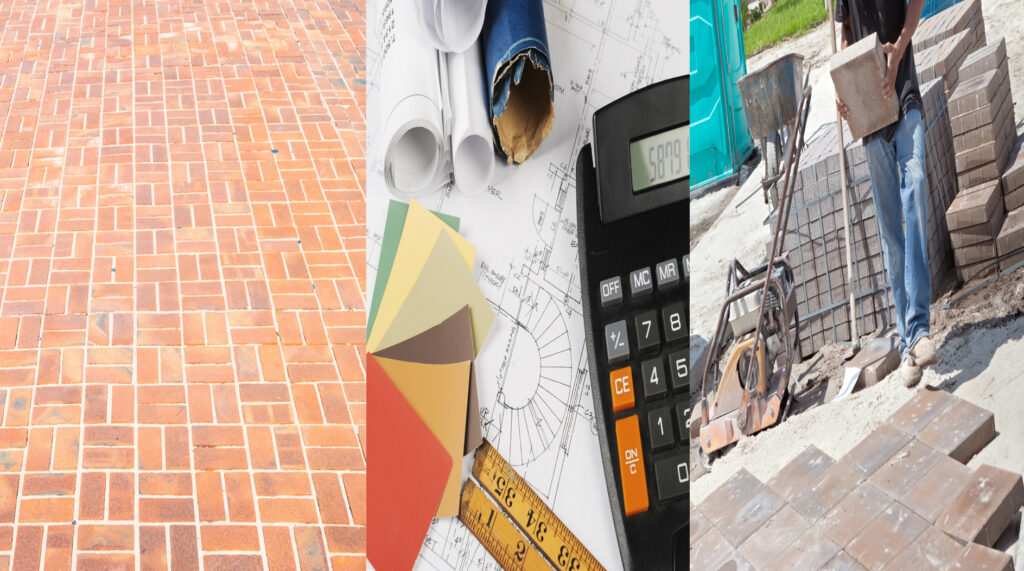
Is Colored Concrete Worth The Investment
When it comes to enhancing the appearance and functionality of your property in New Zealand, colored concrete is a compelling option. But is it truly worth the investment. This guide will help you weigh the pros and cons of colored concrete, so you can make an informed decision.
Advantages of Colored Concrete
- Aesthetic Appeal
One of the most significant advantages of colored concrete is its ability to enhance the visual appeal of your property. With an extensive range of colors and finishes available, colored concrete offers the flexibility to match any design aesthetic—whether you’re aiming for a modern look or a more traditional finish. Unlike plain concrete, which can appear dull and industrial, colored concrete can make driveways, patios, and walkways more visually appealing, giving your home or business a polished and customized appearance. - Longevity and Durability
When properly installed, colored concrete offers the same level of strength and durability as traditional concrete, making it an excellent long-term investment. It’s resistant to harsh weather conditions, and when combined with a quality sealer, it can withstand New Zealand’s varied climate—whether that means strong UV rays, heavy rainfall, or cold winters. The result is a long-lasting material that maintains its beauty and functionality for years, without the need for constant replacement or repair. - Low Maintenance
Another advantage of colored concrete is its relatively low maintenance. Compared to materials like asphalt or wood, which may require regular sealing, painting, or repairs, colored concrete needs only minimal care to stay in top condition. Routine sweeping and occasional washing with a hose can help maintain its appearance, and resealing every few years can protect the color from fading and wear. For homeowners in New Zealand looking for a low-hassle option, this is a significant benefit. - Increased Property Value
Investing in colored concrete can also boost your property’s value. Potential buyers are often drawn to properties with attractive, high-quality finishes, and colored concrete is no exception. It enhances curb appeal, making your home or commercial space stand out from others in the neighborhood. The combination of visual appeal and durability can translate to higher resale values, making colored concrete an excellent choice for those looking to maximize their return on investment.
Drawbacks of Colored Concrete
- Higher Upfront Costs
One of the primary drawbacks to colored concrete is its initial cost. Colored concrete typically comes at a higher price than plain concrete due to the pigments and specialized techniques used during installation. However, it’s important to weigh this cost against the long-term benefits, such as improved aesthetics, reduced maintenance, and potential property value increases. In some cases, the investment can be recouped over time, but it’s essential to budget accordingly. - Potential for Fading
Over time, colored concrete can be susceptible to fading, especially if it is exposed to excessive sunlight or harsh weather conditions without proper sealing and maintenance. UV rays can degrade the pigments used in the coloring process, leading to a washed-out appearance. To avoid this, regular sealing and proper maintenance are crucial. While this adds some maintenance requirements compared to plain concrete, it can help preserve the vibrant color and overall appearance of your investment.
Testimonials: Real Experiences with Colored Concrete in NZ
For those still on the fence, it can be helpful to hear directly from homeowners or builders who have invested in colored concrete.
- John, a homeowner in Auckland, shares his experience:
“We opted for colored concrete on our driveway and couldn’t be happier with the result. Not only does it give our home a modern touch, but the durability has been impressive. We haven’t had any issues with cracking, and a quick wash brings it back to life every time. We feel like it was worth every penny.” - Sarah, a landscape designer in Christchurch, notes:
“I recommend colored concrete to many of my clients because it gives outdoor spaces a unique look while remaining functional. Even after a few years, the projects I’ve worked on still look great. Proper sealing is key, but it’s a great material if you’re looking for something long-lasting and stylish.”
Is Colored Concrete Worth the Cost in NZ?
Ultimately, deciding whether colored concrete is worth the cost comes down to your personal preferences, budget, and how you plan to use it. For those who value aesthetic appeal, low maintenance, and durability, colored concrete is a fantastic choice that can enhance the look and feel of any property. However, it’s essential to factor in the upfront costs and commitment to proper maintenance.
In New Zealand, where weather conditions can vary greatly, choosing a reliable, long-lasting material like colored concrete can provide peace of mind and add substantial value to your home or business. By carefully considering the pros and cons, you can determine if colored concrete is the right investment for your project.
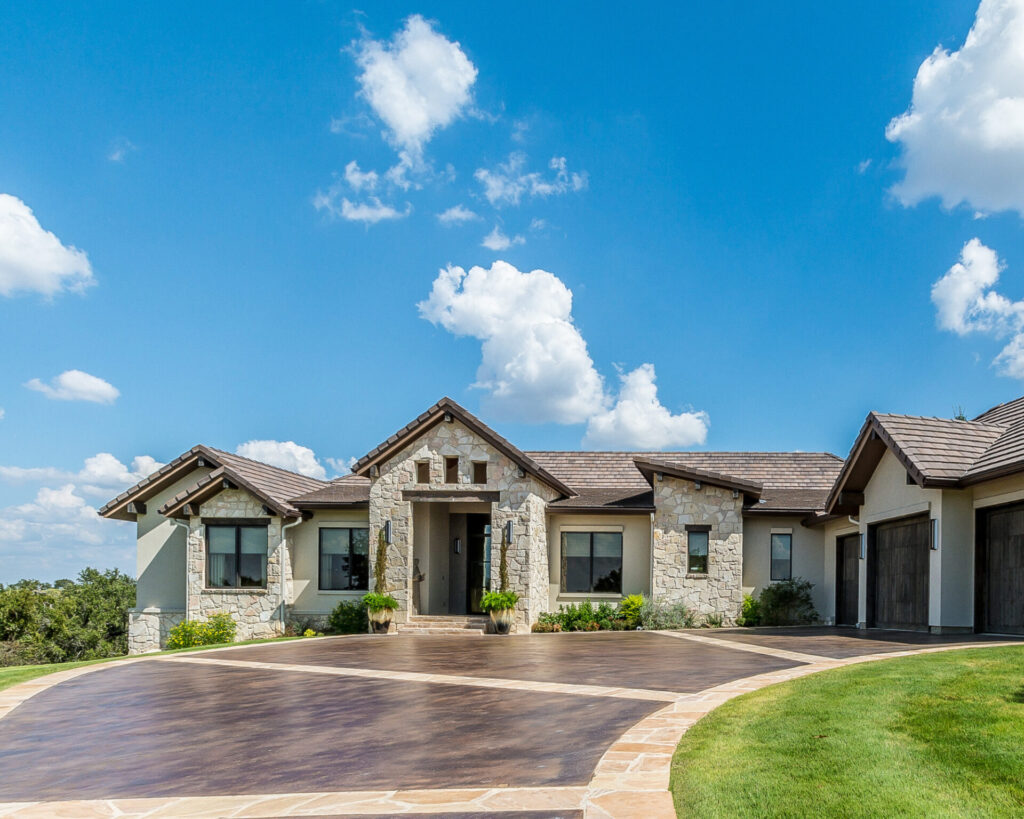
Tips For Getting The Best Value On Colored Concrete In NZ
Investing in colored concrete is a smart decision for homeowners and businesses alike, offering both aesthetic appeal and durability. However, to ensure you’re getting the best value for your money, it’s essential to consider a few key factors. Here’s how to make sure your investment in colored concrete in New Zealand pays off.
Do Your Research
When planning to install colored concrete, one of the most important steps is to compare quotes from multiple contractors. This not only ensures you’re getting competitive pricing but also helps you evaluate the quality of work offered by different providers. Ask contractors about their experience with colored concrete specifically, as this type of installation requires a different skill set than traditional concrete.
When comparing quotes, don’t just focus on the bottom line. Pay attention to the details such as the type of coloring agents used, the thickness of the concrete, and any additional services like sealing or surface finishes. Quality should be a priority, as choosing the cheapest option may result in costly repairs down the road. By doing thorough research and seeking multiple quotes, you can secure a competitive price while ensuring high-quality results.
DIY vs. Professional Installation
While some DIY enthusiasts may be tempted to take on a colored concrete project themselves, it’s important to weigh the pros and cons. Small projects like garden paths or patios can be suitable for DIY, provided you have the right tools and some experience. However, for larger or more complex projects, such as driveways or commercial spaces, it’s usually best to hire a professional.
Professional installers have the experience to manage the intricacies of colored concrete, including achieving consistent color throughout the project, proper curing techniques, and ensuring the concrete is mixed to withstand New Zealand’s varying climate conditions. Although hiring a professional will cost more upfront, it often results in a more durable and aesthetically pleasing finish, saving you from potential issues later on.
Maintenance Tips
Maintaining colored concrete is essential to ensure its longevity and appearance. Regular upkeep can also help you avoid expensive repairs in the future. Sealing the concrete is one of the most important maintenance steps. It protects the surface from moisture, UV rays, and general wear and tear. It’s recommended to apply a high-quality sealer every two to three years, depending on the level of traffic and exposure to the elements.
Cleaning is another critical part of maintenance. Colored concrete should be swept regularly to prevent debris from accumulating. For deeper cleaning, use a mild detergent and water, avoiding harsh chemicals that could damage the color. Stains from oil or grease should be addressed immediately to prevent them from setting in and permanently affecting the appearance of the concrete.
Seasonal Considerations
The time of year and weather conditions can have a significant impact on both the pricing and the installation timeline for colored concrete projects in New Zealand. During warmer months, concrete tends to cure faster, which can sometimes speed up the project. However, very hot temperatures can also cause cracking if not managed properly.
Winter, on the other hand, presents the challenge of slower curing times and the increased likelihood of rain, which can delay the installation process. Some contractors may offer lower prices during the off-season (winter months) to attract more business, but it’s crucial to consider whether the weather conditions will impact the quality of the installation.
When planning your project, discuss the seasonal factors with your contractor. They can advise on the best time to start the project to balance cost efficiency and the optimal conditions for installing colored concrete.
By following these tips and considering key factors such as research, installation methods, maintenance, and seasonal timing, you can maximize your investment in colored concrete in New Zealand. Ensuring a balance between affordability and quality will lead to a longer-lasting, more visually appealing result.

Finding The Right Contractor In New Zealand
When it comes to colored concrete projects in New Zealand, finding the right contractor can make or break the success of your project. Whether you’re aiming to enhance your home’s outdoor space with a colored concrete driveway, patio, or another decorative feature, working with a trusted professional is crucial. This section provides tips on how to identify the best colored concrete contractors in NZ to ensure your project is handled with the highest level of craftsmanship and care.
What to Look For: Key Qualities to Consider When Selecting a Contractor
Choosing a contractor for your colored concrete installation in NZ involves more than just a quick internet search. You need a professional who brings experience, quality workmanship, and customer satisfaction to the table. Here are the key qualities to look for.
- Experience: Experience is non-negotiable. Look for contractors who have a long track record of completing colored concrete projects. Seasoned contractors are more likely to handle unexpected challenges smoothly and deliver the best possible results. Make sure to ask how many years they’ve been in the business and the specific types of colored concrete installations they’ve worked on.
- Portfolio: A well-documented portfolio is a sign of a professional contractor. Review the contractor’s previous colored concrete work to assess their skill level. Pay close attention to the variety of projects they’ve completed, from basic driveways to more intricate decorative pieces. Seeing their portfolio gives you confidence in their ability to bring your vision to life.
- Customer Reviews: In today’s digital age, customer reviews are critical. Check out reviews on trusted platforms such as Google or trade-specific sites to understand the contractor’s reputation. Look for consistent positive feedback on their colored concrete work, timeliness, communication, and pricing. Reliable contractors will have a strong history of satisfied customers.
Questions to Ask: Suggested Questions for Initial Consultations
During your initial consultations with potential contractors, it’s essential to ask the right questions. These conversations help you gauge the contractor’s expertise, professionalism, and transparency, ensuring that you select someone who meets your standards. Here are some questions to guide your consultation.
- What is your experience with colored concrete installation in NZ? This question allows you to gauge the contractor’s specific experience with colored concrete projects. A contractor well-versed in this area will be familiar with local trends, materials, and the unique challenges that may arise in New Zealand’s climate.
- Can you provide a detailed quote and timeline for the project? Transparency in pricing and timelines is key. Ask for a breakdown of costs, including materials, labor, and any potential extras. A reputable contractor will provide you with a clear, detailed quote and a realistic timeline for completion.
- Do you have references or customer testimonials? Hearing directly from previous clients can offer insights into the contractor’s reliability and workmanship. Ask if they have references you can contact or if they can share testimonials from past colored concrete projects.
- What steps do you take to ensure the durability of the colored concrete? Durability is crucial for any concrete installation, particularly in New Zealand’s diverse weather conditions. Ask the contractor how they ensure the concrete will withstand the test of time, including the preparation process, material selection, and maintenance recommendations.
- How do you handle unexpected issues during the project? Every project comes with the potential for surprises. A seasoned contractor should have a process for addressing unexpected challenges without causing major disruptions or budget overruns. Their response to this question will give you insight into their problem-solving skills and reliability.
The key to finding the best colored concrete contractors in NZ is to focus on experience, portfolio quality, and customer feedback. By asking the right questions during initial consultations, you’ll be able to assess a contractor’s transparency and expertise. Remember, taking the time to find the right professional can ensure your colored concrete installation in NZ exceeds your expectations, both in terms of beauty and durability.
By following this guide and seeking out trusted contractors, your colored concrete project in New Zealand is sure to be a success from start to finish.

FAQs: About Colored Concrete Costs In NZ
Conclusion
Colored concrete is a versatile and aesthetically appealing option for enhancing your property, but understanding the costs in New Zealand is crucial for making a wise investment. Pricing is influenced by various factors such as the size of the project, the type of color or finish chosen, labor costs, and the complexity of the design. On average, colored concrete in NZ ranges from $75 to $150 per square meter, but these figures can vary based on your specific needs. To ensure you get the most value for your money, it’s important to plan carefully, choose high-quality materials, and hire reputable local contractors. For anyone considering colored concrete for their home or business, we recommend getting a free quote from professionals in your area and exploring the various design options available. When done right, colored concrete can add a beautiful, durable, and long-lasting touch to any space, elevating the overall aesthetic and functionality of your property.
Find A Professional Concrete Company Near You!
- Asphalt Carpark Construction Wairarapa
- Asphalt Contractors Auckland
- Asphalt Contractors Hawkes Bay
- Asphalt Dannevirke
- Asphalt Driveways Tauranga
- Christchurch Concrete Services
- Concrete Contractors Nelson
- Concrete Contractors Tauranga
- Concrete Dannevirke
- Concrete Driveways Lower Hutt
- Concrete Driveways Upper Hutt
- Concrete Floor Slabs Kapiti Coast
- Concrete Foundations Kapiti
- Concrete Layers Auckland
- Concrete Layers Cambridge
- Concrete Layers Hamilton
- Concrete Layers Invercargill
- Concrete Layers Kapiti
- Concrete Layers Leigh
- Concrete Layers Levin
- Concrete Layers Lower Hutt
- Concrete Layers Mangawhai
- Concrete Layers Matakana
- Concrete Layers North Shore
- Concrete Layers Northland
- Concrete Layers Orewa
- Concrete Layers Palmerston North
- Concrete Layers Pukekohe
- Concrete Layers Rodney
- Concrete Layers Silverdale
- Concrete Layers Te Awamutu
- Concrete Layers Upper Hutt
- Concrete Layers Waikato
- Concrete Layers Warkworth
- Concrete Layers Wellington
- Concrete Layers Wellsford
- Concrete Manuwatu
- Concrete Services Rotorua
- Concrete Whangarei
- Hastings Concrete Company
- Hawkes Bay Concrete Company
- Napier Concrete Company
About the Author:
Mike Veail is a recognized digital marketing expert with over 6 years of experience in helping tradespeople and small businesses thrive online. A former quantity surveyor, Mike combines deep industry knowledge with hands-on expertise in SEO and Google Ads. His marketing strategies are tailored to the specific needs of the trades sector, helping businesses increase visibility and generate more leads through proven, ethical methods.
Mike has successfully partnered with numerous companies, establishing a track record of delivering measurable results. His work has been featured across various platforms that showcase his expertise in lead generation and online marketing for the trades sector.
Learn more about Mike's experience and services at https://theleadguy.online or follow him on social media:

